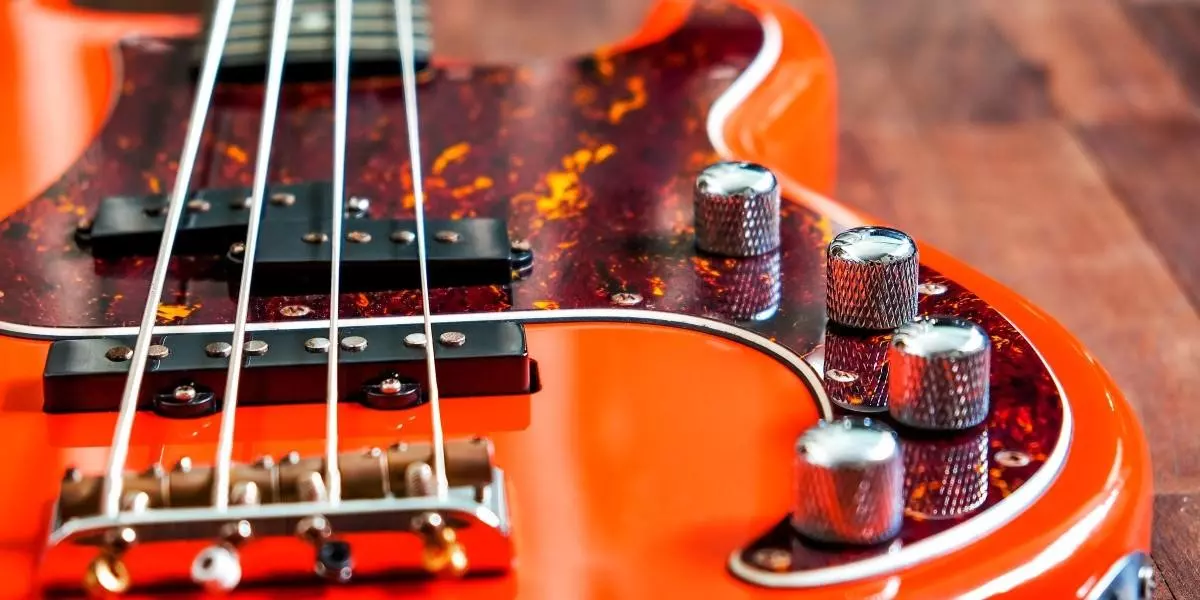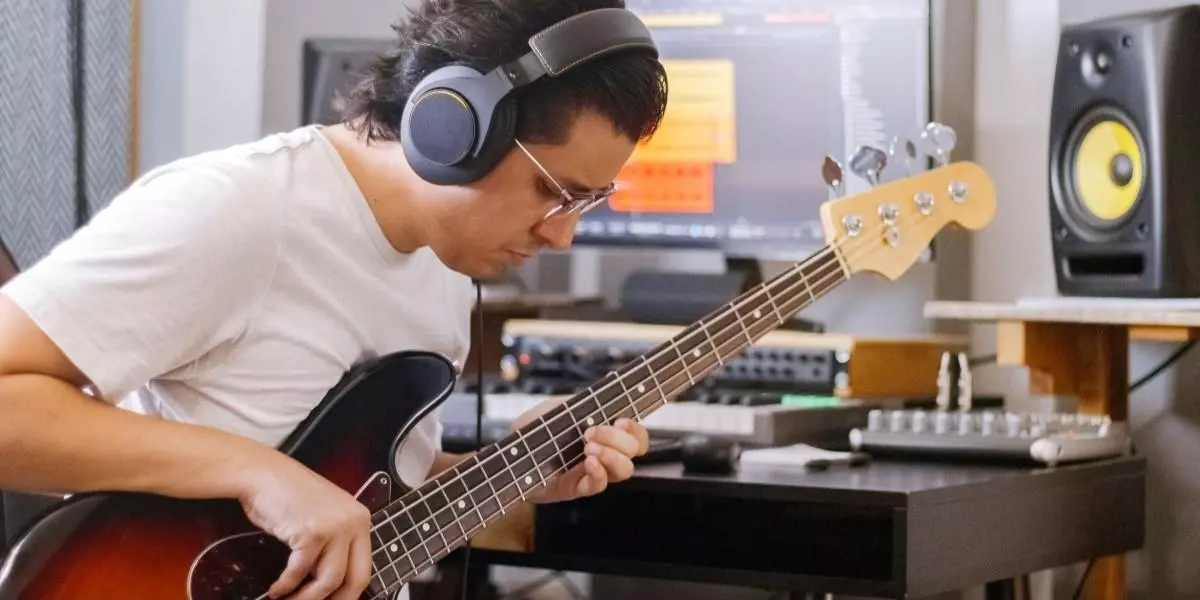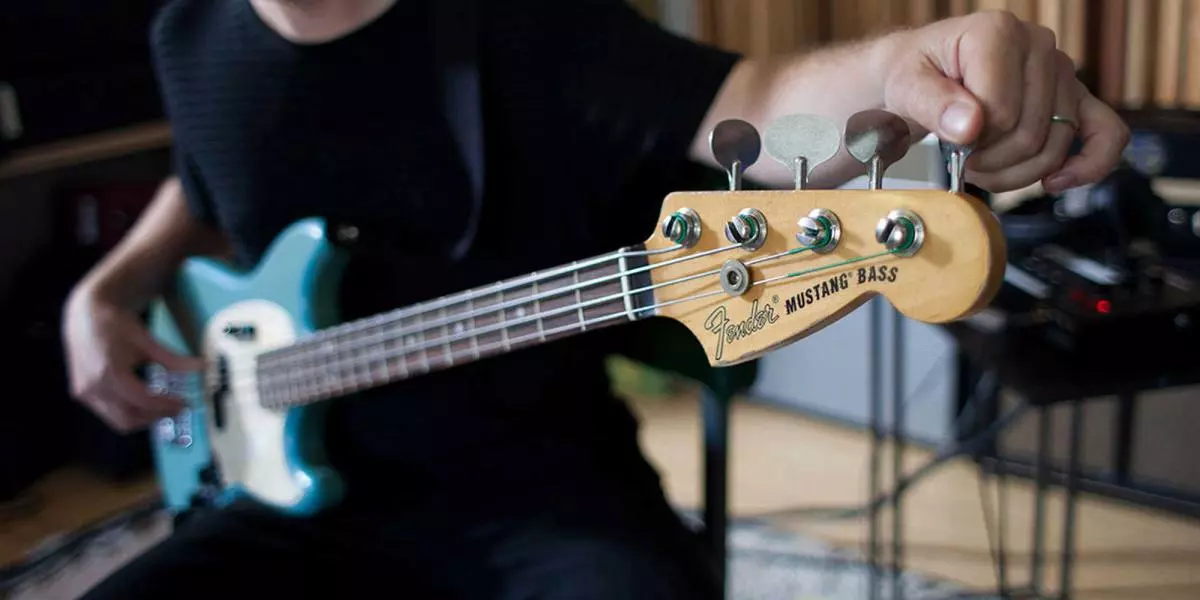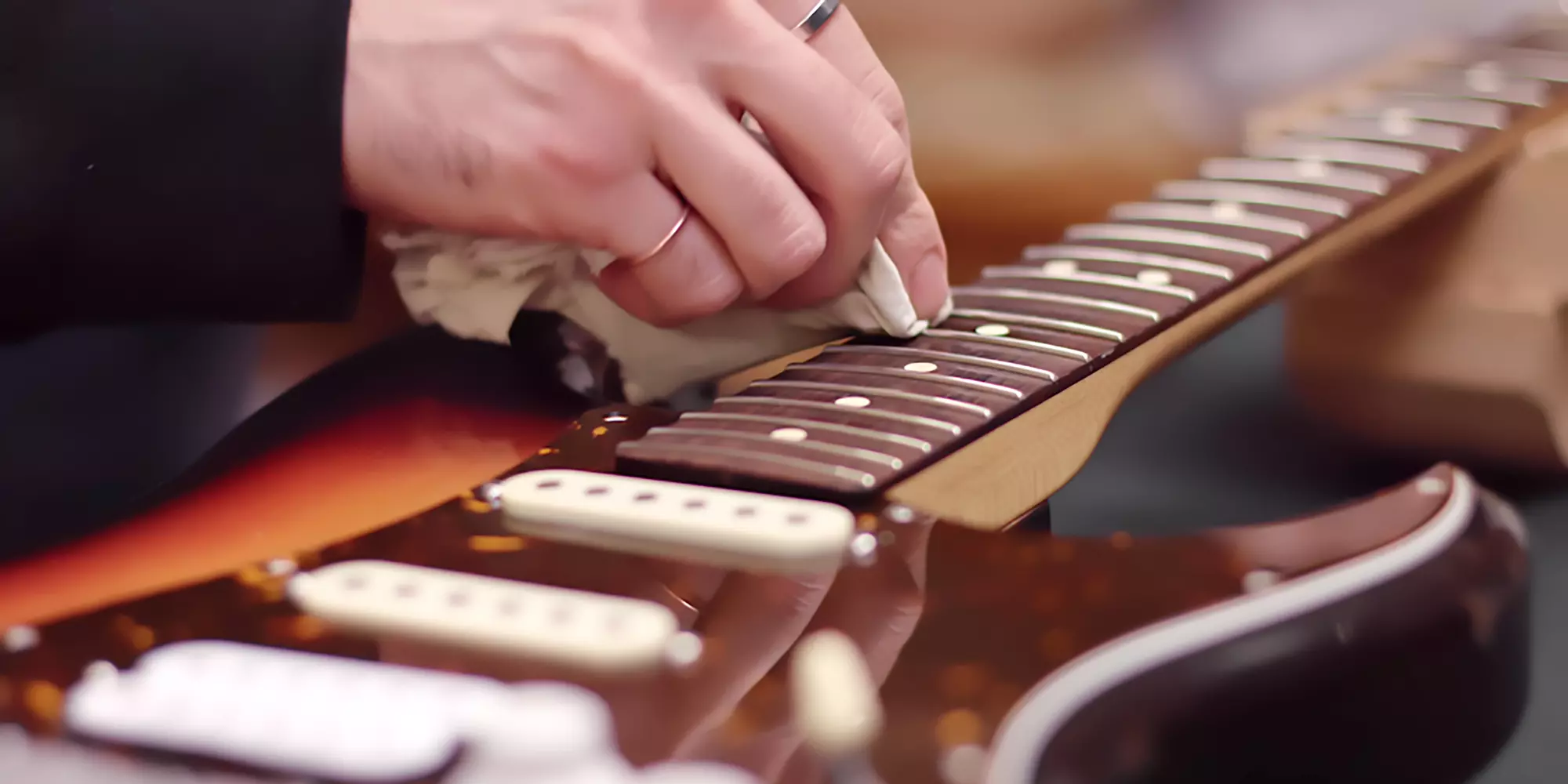All About Bass Amps
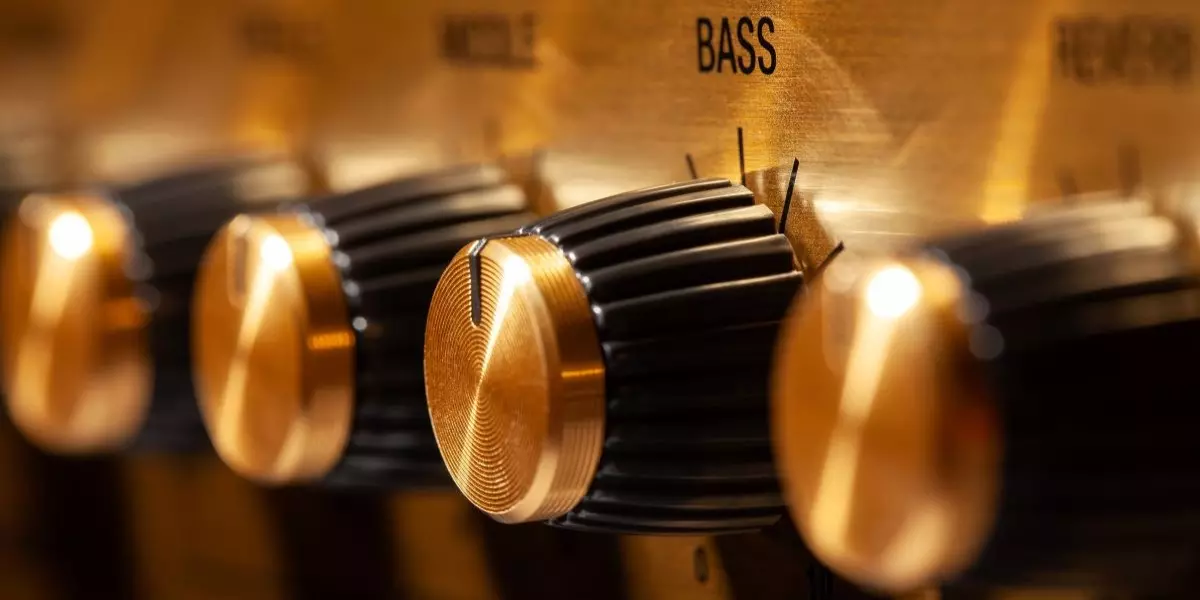
So you’ve decided that it’s time to get a bass amplifier! Bass amps are a valuable tool in many applications, from practice in your bedroom to gigs at bars and concert venues. How do you choose what’s right for you? What’s the difference between a combo and a stack? How powerful do you need it to be? In this article, I’ll attempt to help you navigate the world of bass amps, and I’ll even explain some of the science behind them.
Applications: How are you using it?
How you’re going to be using your new amplifier will have a bearing on the amp that you choose. Is it for practice? Is it for a jam space? Is it for use at gigs? All of these questions need to be considered when you’re researching amplifiers. For example, a Fender Rumble 15 watt amp might be perfect if you’re just looking for something to hear yourself at home, since you don’t want it to be too loud; the same amplifier might not work for a gig setting, because you’d likely have to push the amp a lot harder than necessary, which can decrease the usable lifespan.
Power: Is there such a thing as too much?
Related to the application of the amp is the power rating. Bass amps usually require more power - measured in watts (W) - to produce the low notes. A 15-watt amp, compared to a 200-watt amp (such as a Traynor Small Block 115), is going to have a lot less usable headroom, simply because the larger amplifier can push more sound at lower volumes. Jam spaces and gigs favour more powerful amplifiers, while small spaces favour less power. Choose accordingly and you won’t be disappointed.
Type: Combo or stack? Tubes or solid state?
Like guitar amplifiers, bass amps can also be found in combo format (speaker and amp in the same enclosure) or stack format (amplifier and speaker cabinet as separate components.) Stacks can get rather large, but they’re perfect for medium- to large-scale gigs where you need the extra projection. Combos are more portable and are perfect for small- to medium-scale gigs. In terms of power rating, some stacks can be just as powerful as combos, so if you don’t need the extra projection, a combo might be a better choice for you.
On the subject of tubes versus solid state, the basic distinction is that tubes give a warm, vintage sound with a slight gritty character, while solid state offers power and clean headroom. To compare, a tube bass amplifier (eg. Ampeg SVT Classic) usually tops out at 300 watts, while solid state amps (eg. Gallien Krueger MB-Fusion 800) can usually exceed 500 watts. It’s extremely rare to find an all-tube combo, as the resulting amp would be very heavy; it’s more common to find a solid state combo with a tube preamp, since preamp tubes are smaller than power tubes. If you’re looking for tubes, you’re usually limited to a head and cabinet setup, but the resulting sound is plentiful.
Features and benefits: Something a little extra
Bass amps can have some extra features, such as:
- Effects send/return if you use external effects or an effects processor, so you can preserve your bass’ tone
- Auxiliary input for plugging in a music player, so you can jam along with your favourite tunes
- A line out (XLR or 1/4”) so you can plug into the venue’s PA system, or get a direct feed to your recording setup
It’s important to take a little time to see what an amp has to offer over and above the regular features. For example, many of the amps made by Markbass offer voicing filters to give your bass more of a vintage sound, as if you’re playing through an old speaker cabinet.
Some quick science
We’ve already established that power is measured in watts (W), but another term to know with bass amps - and amps in general - is impedance, which is measured in Ohms (Ω). While wattage measures the amount of usable headroom by way of volume, impedance limits (impedes, if you will) the amount of signal being sent from the amplifier to the speaker so that it doesn’t blow up, delivering it to the speaker in an orderly fashion.
For example, most bass amps have an 8Ω output, which you’d connect to a speaker; if the speaker input is also 8Ω, you’ll get the amp’s full power. If the impedance is mismatched, you won’t get the amp’s full power, and you even run the risk of damaging your setup if there’s too little impedance. You don’t have to worry about this too much with combos since the impedance is automatically matched; with stacks, however, impedance matching is a necessary step to learn.
Summing it all up
Bass amp shopping doesn’t need to be complicated, but you do need to do some research; don’t be afraid to try a few different types of bass amplifiers when you’re shopping, in order to see how each differs from the other. Armed with all of this knowledge, you can make an informed decision about the amp that you do choose, and you can be confident that it’s the right one for you. Keep that low end intact!
* * *
Omar Findlay is a local Toronto musician and audio engineer who plays bass and keyboard in Toronto bands Texas Dirty and Iman & The Wasted Lalas, and also has a side project, Planetary. When he isn’t playing music, he also hosts a podcast called Ohms' Law. He works at Long & McQuade Pro.

